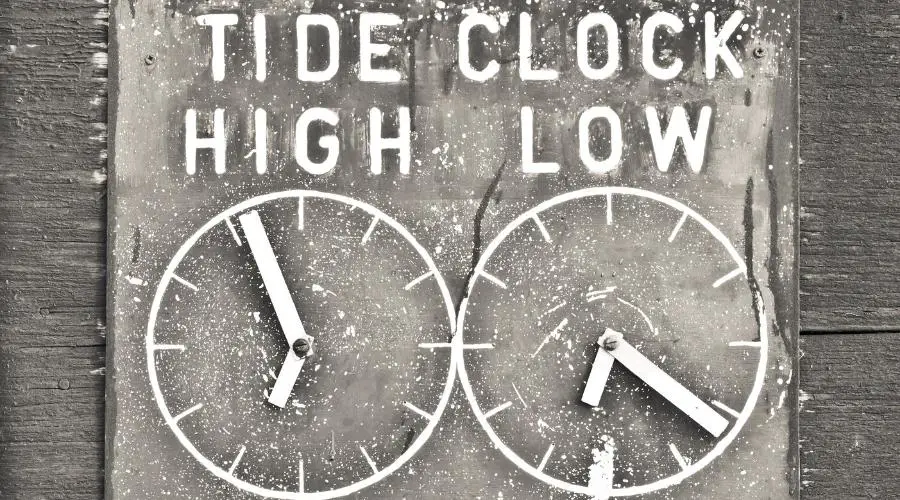Tide watches are important pieces of equipment that help sailors predict the rise and fall of tides. But are these tide watches accurate?
Depending on your location, it’s the best opportunity you have at keeping up to date with the local tide movements.
But why would someone want to know this type of information? After reading, you’ll know how accurate these timepieces are and how crucial they can be while sailing.
For every 12 hours and 25 minutes, on average, the moon’s gravitational pull is being changed as the Earth rotates. So tide watches are programmed to utilize this information to offer you a very close estimate of the tide.
How Accurate Are Tide Watches
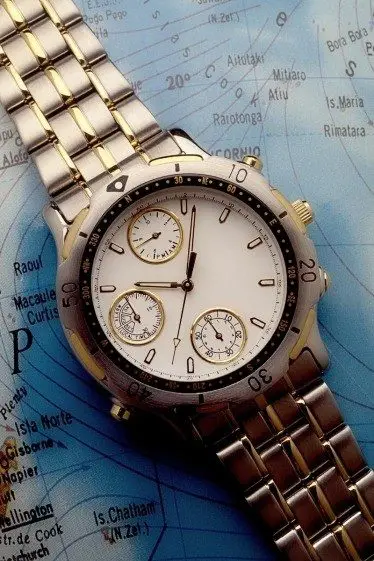
Tide watches, in theory, are quite accurate but not perfect. If you’re staring at your tide watch and comparing every little detail to the current tide, you’re bound to find an imperfection at some point.
However, you’re likely to be happy with the results more often than not.
Since these watches track a set timeframe, it might eventually be off by an hour or so. They typically gain 15 minutes a month, which doesn’t seem like a lot at first.
Depending on your location and your sailing goals, you may have to only reset your tide watch every four months or twice a year.
It’s important to research moments which moon phase has its strongest gravitational pull. This way you can compare your watch’s tide indicator to the current conditions.
Resetting your tide watch too often can result in being way off compared to just an hour.
What Features Do You Need in a Tide Watch
When determining what tide watch works best for you, there are two different roads to go down. Some prefer digital tide watches while others prefer analog.
It doesn’t make a huge difference in some cases, other than price and design. With a digital tide watch, some sailors don’t like the look and would rather have an analog.
Comfortable
You want your tide watch to be comfortable on your wrist. Some will feel bulky, others might be too small. If you have the opportunity to try them on, that would be great.
You also want it to have a polyurethane strap that is customizable. This way you can adjust the watch to your wrist and the strap itself will not rub your skin raw once you’re on the water.
Waterproof and Durability
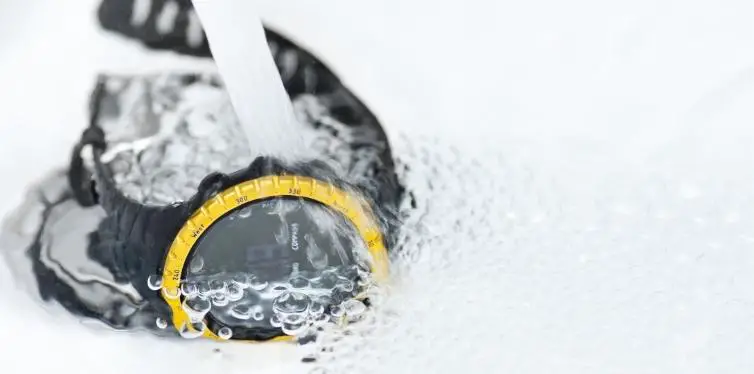
As long as you don’t plan on diving with them, your tide watch should simply be waterproof. At a minimum, you need five atmospheres (ATM) or just about 16 feet of resistance underwater.
However, it is likely you’ll need more of a waterproof rating if you plan on sailing long-term or forget to take it off while diving.
As with any great watch that you’ll use for sailing, diving, or surfing, your tide watch has to be able to withstand tough conditions on the water. It’s likely going to get beat up, so you need one that can handle anything.
Tide Forecast
Some tide watches are programmed for one year, while others might be plenty of years ahead for their forecast.
In some circumstances, you might have to use a tide table, tide graphs, or enter in lunitidal intervals to have the best information coming from your tide indicator.
While this might be annoying to some, it is important to maintain your tide watch to offer the best results for tide forecasts.
Whichever one you choose, just know you’ll have to reset it at some point to keep it as accurate as possible.
Future Tide and Current Conditions
Most tide watches allow you the opportunity to see what future tide conditions will look like, within a 48-hour window.
If you’re planning a trip to sail for the weekend or simply need to move your boat, this can offer peace of mind knowing the conditions ahead of time.
Some tide watches have GPS and can pinpoint your location to offer the best information from the tide indicator. This way you can see exactly what the conditions are for your location and not just the general area.
When Would You Need a Tide Watch
Tide watches are perfect for any situation out on the water when knowing whether low tides or high tides are present.
If you’re surfing, sailing, diving, or water skiing, a tide watch can help you determine if the conditions are the best or if you need to stay home.
Parking Your Sailboat
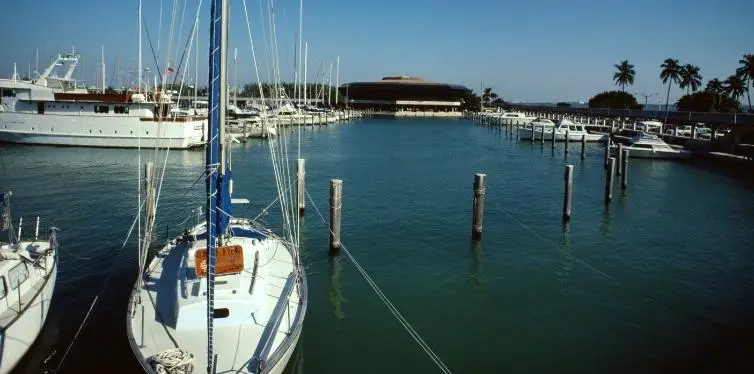
For sailing, tide watches will help you figure out the best opportunity to move or park your boat.
If you’re traveling to areas that you’re not familiar with, this can dramatically be a difference between being in the water when you park versus on land in the morning.
Tides also affect the current when navigating close to a marina or tight spaces. If you have a tide watch, you can use this information to safely navigate certain areas that might be too rough to do so during a given part of the day or night.
Changing Time Zones
If you’re traveling from Scotland to Florida, that’s a moderate difference between time but you’re still on the Atlantic Ocean.
A tide watch, especially sailing watches with GPS capabilities, can accurately predict the tide conditions to better prepare yourself for the area.
If you happen to be sailing around Thailand or Australia, tide watches are useful for adjusting to your location. Assuming you can adjust your location, these can help with tide information on a different body of water.
Sailing and Diving
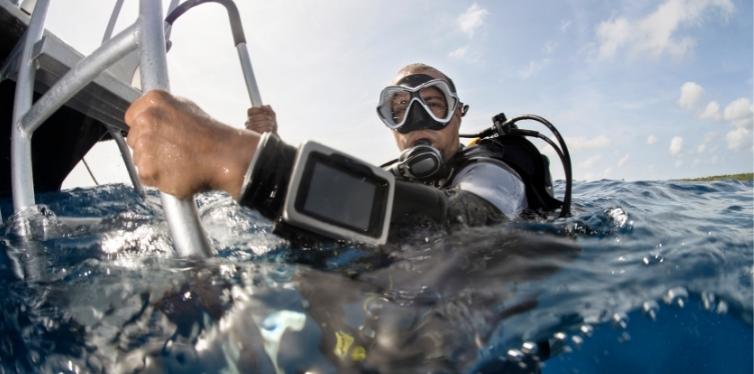
If you enjoy parking your sailboat and taking a break to enjoy the water, a tide watch can help you determine the best conditions.
Scuba diving and even snorkeling are two perfect examples of how the tide can affect them, whether high tides or low tides.
Scuba diving is best with high tide (not so much low tide) since visibility will be the best, while snorkeling is best with low tide. If you’re scuba diving, just make sure your tide watch can handle those depths.
Tide Clock vs Tide Watch: What’s the Difference

The differences between tide clocks and tide watches are just completely different sizes and a slight change in other functions, but they are essentially the same pieces of equipment.
One hangs on the wall (clock), while the other is on your wrist (watch).
Tide clocks are just as useful as watches, except you can’t bring them with you unless they’re hanging in your boat.
They’re typically analog and basic when it comes to features. Tide clocks might have to be adjusted once a month since they’re programmed to certain lunar calendar functions, so you’ll need a local tide table to keep your tide times and tide cycle updated.
For tide watches, these can be either analog or digital and have a variety of extra features to improve your sailing experience.
For old-school sailors, these might be too many features to deal with. They also cost more depending on the brand and added features.
Final Thoughts
Tide watches have proven to be useful for anyone sailing or that wants to be on the water. By providing useful information on tides, it’s something you can’t be without.
Depending on your budget and specific needs, you’ll likely find something best for your sailing goals. They all serve a purpose, with plenty of types on the market, and are all created a bit differently.

